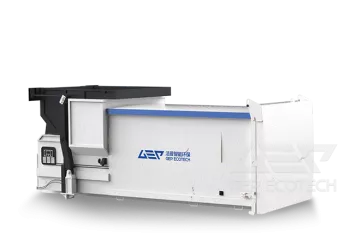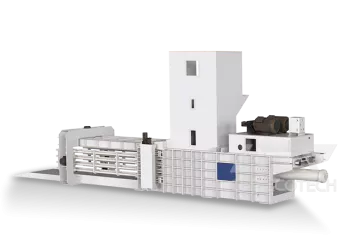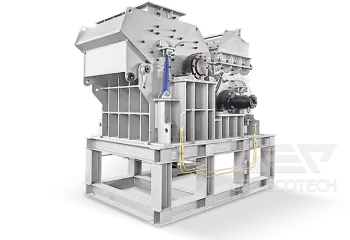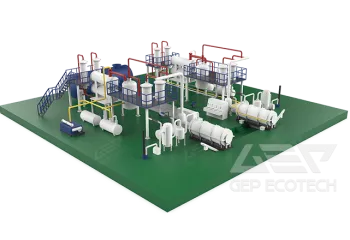The global population growth, urbanization process, and continuous improvement of living standards have all accelerated the generation of waste. The shortage of raw materials and the growing demand for energy have led us to focus on these wastes. The waste to fuel technology provides an environmentally friendly and economical solution to these global environmental problems. GEP has also joined the development of this technology and developed a complete solution that can convert waste into environmentally friendly fuels, replacing fossil fuels such as coal, and reducing carbon emissions.
In simple terms, GEP's waste to fuel process involves crushing waste to a predetermined size and producing high-quality fuel by sorting out inert substances and usable materials. This method has significant advantages over simple direct incineration of untreated waste, such as stable and high yield, low production costs, low maintenance costs, and high automation.
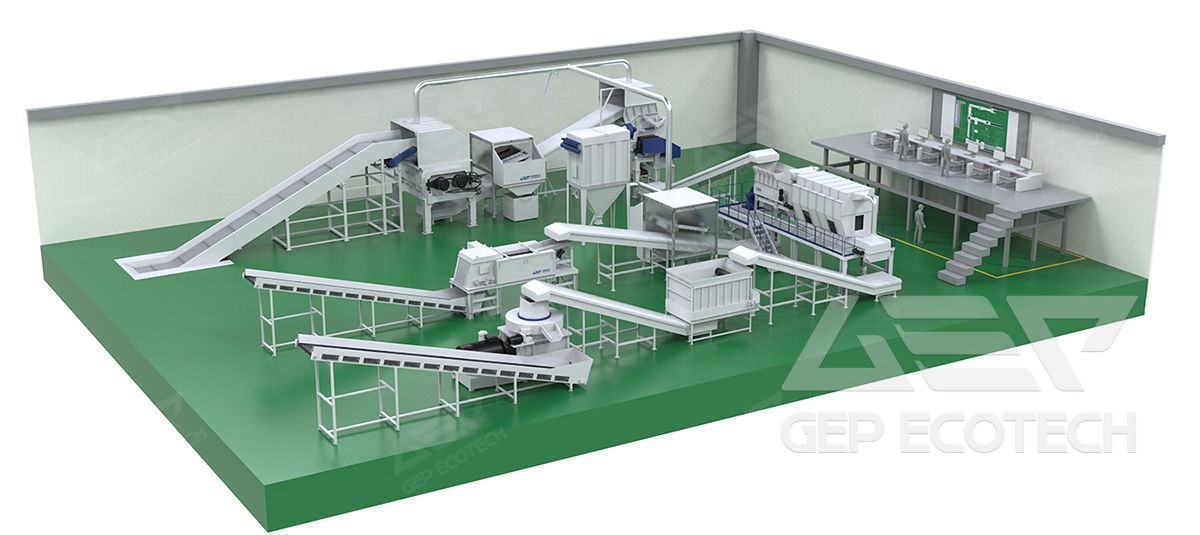
At the forefront of the process, the material conveyor will continuously, evenly, and stably feed waste into the crusher. If the amount of garbage in the crusher is sufficient, the conveyor will slow down the feeding process to ensure that the production line always maintains a full load working state. Raw biological materials can also be loaded through grab buckets or by forklifts.
Effective crushing is a crucial step in this process. GEP's crusher can crush waste to the size required by customers in one go (it can also be divided into two stages of crushing). These crushers are not only powerful, reliable in quality, but also automatic and intelligent. The intelligent detection system can issue a warning and automatically shut down when encountering a fault, in order to prompt the operator to quickly solve it and try not to delay the progress of the project.
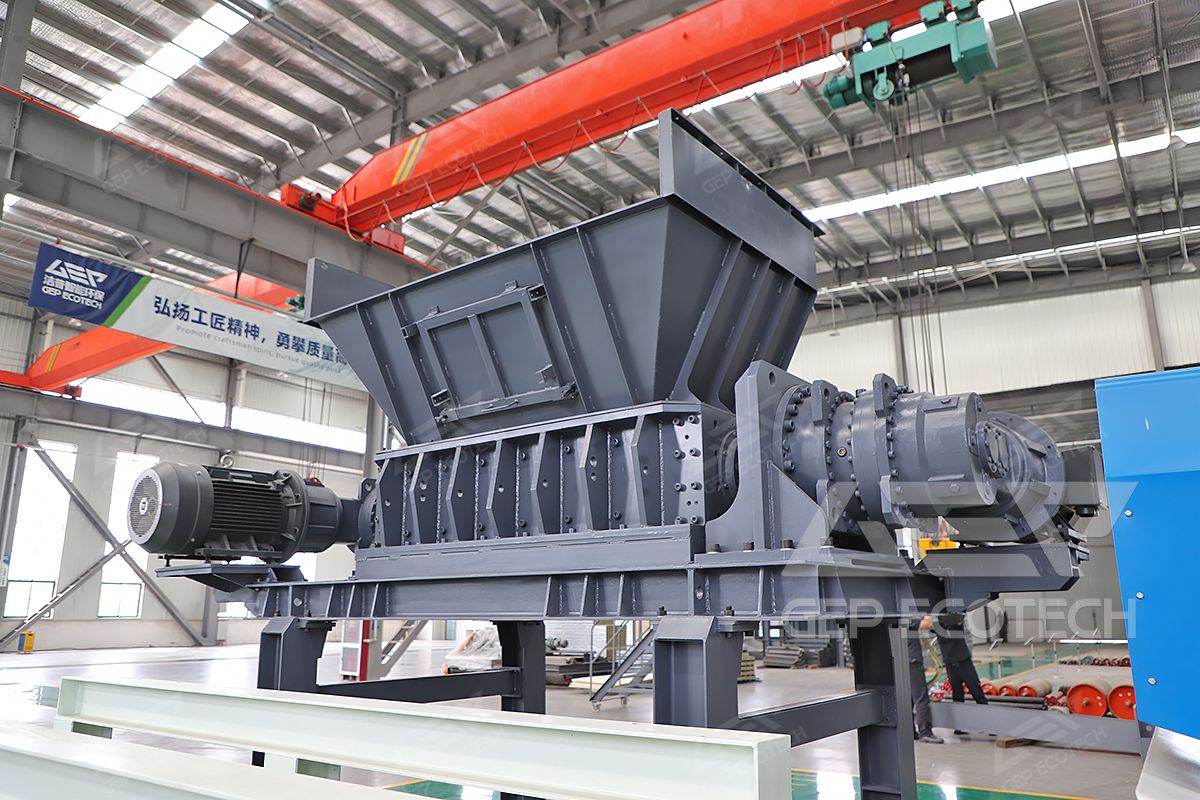
After the waste is crushed, this process will sort out valuable recyclables and remove other substances. The magnetic separator will separate black metals from the crushed waste, while the eddy current separator will separate conductive metals such as copper and aluminum; As for the air separator, it will separate large inert materials such as bricks, stones, residual metals, and other heavy substances, while retaining crucial combustible light substances.
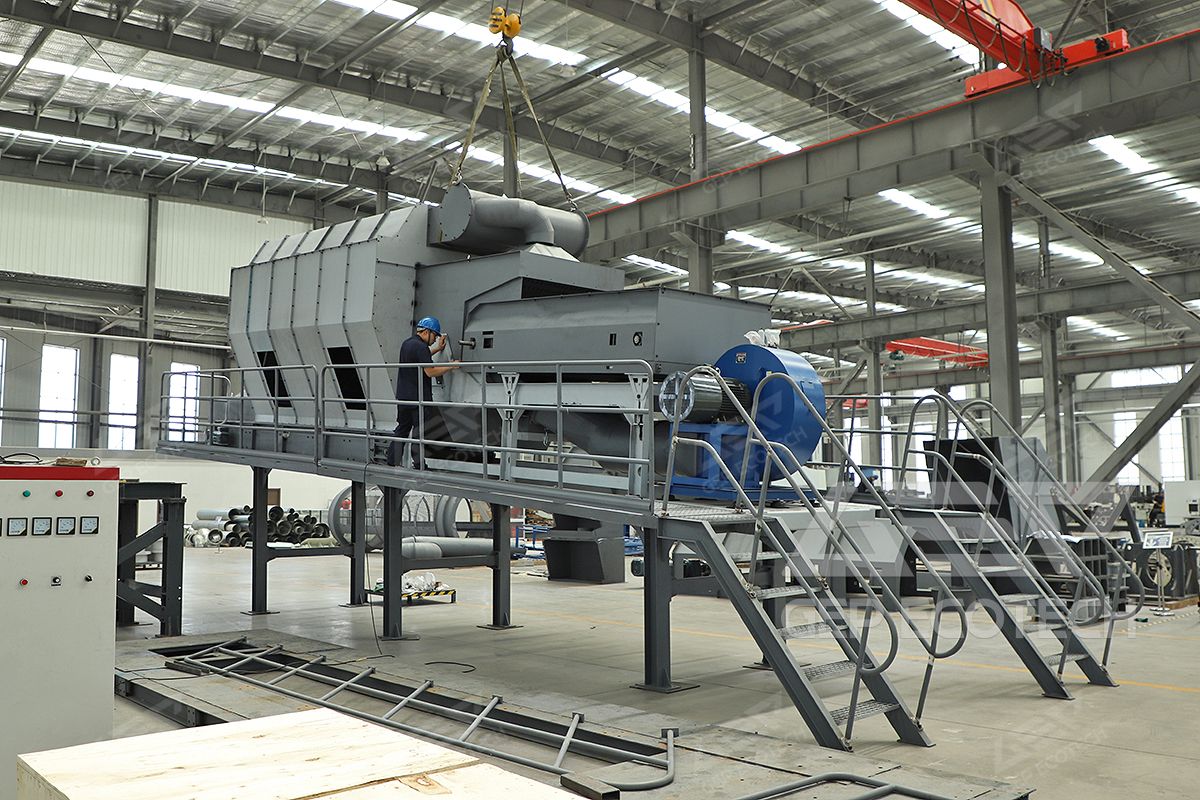
The final step in the process is molding or hydraulic packaging to facilitate fuel storage and transportation. GEP has various terminal processing equipment, such as RDF pelleting machines, horizontal full hydraulic packaging machines, vertical hydraulic packaging machines, semi hydraulic packaging machines, etc., to meet various customer requirements.
Overall, the waste to fuel technology provided by GEP is an innovative, environmentally friendly, and economical solution aimed at addressing environmental issues such as waste treatment and energy demand. By converting waste into environmentally friendly fuels, we can achieve the goals of sustainable energy production and environmental protection.


